How to grow Zephyranthes
If you are looking for a temperate and tropical-looking plant, look no further than Zephyranthes, which is a beautiful ornamental. Zephyranthes is a genus of over 70 species and plenty of cultivars - you may have heard them referred to by other names such as fairy lily, magic lily, zephyr lily or rain flower. The ‘rain’ part of the nickname comes from Zephyranthes’ tendency to have a growth spurt after a period of rainfall.
Zephyranthes are native to the Americas and can be deciduous or evergreen in nature. Growing to a height and spread of 20cm, you can expect to see both foliage and petals bloom in the summer and autumn months. With luscious pinks, yellows and white flowers to choose from, you are spoilt for choice when it comes to both Zephyranthes and selecting companion plants.
Zephyranthes range in hardiness from tender to tolerant of 1°C. With a period of 5 years until full maturity, you can rest assured that your Zephyranthes will bloom year after year in containers or pots. Although rain lilies enjoy the rain - be careful not to overwater, there is a balance to obtain and they are not pond marginals.

Key Information
Soil pH
Position
Hardiness

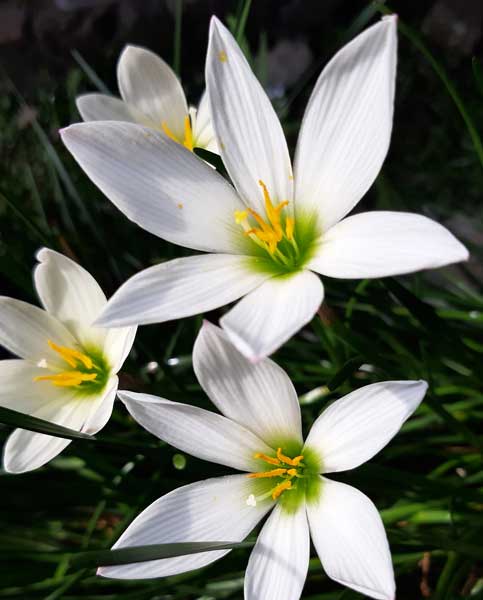
Where & when to plant Zephyranthes
Plant Zephyranthes bulbs in the autumn. Zephyranthes are well-placed in pots or containers and need a position of full sun to thrive. They can grow alongside other perennials nicely as long as they have well-draining soil and similar watering requirements.
How to plant Zephyranthes
Start the planting process by finding a spot in your garden that benefits from plenty of daily sunlight. For Zephyranthes, you are looking for 6-8 hours of sun per day as a requirement for healthy growth. Check the position for soil drainage - poorly-drained soil will cause problems for Rain Lilies who do not like to be kept in standing water.
Just before planting, soak your bulbs in tepid water for between 10 to 15 minutes to ‘wake them up’ from dormancy.
Dig a hole that leaves a few centimetres between the top of the plant and the soil level. If you are planting multiple Zephyranthes from bulbs or young plants, leave 15cm of space between each to give plenty of room to grow.
Add the plant to the hole with the pointed end facing up (towards the sky) and backfill with soil. Water in to help the plant establish itself.
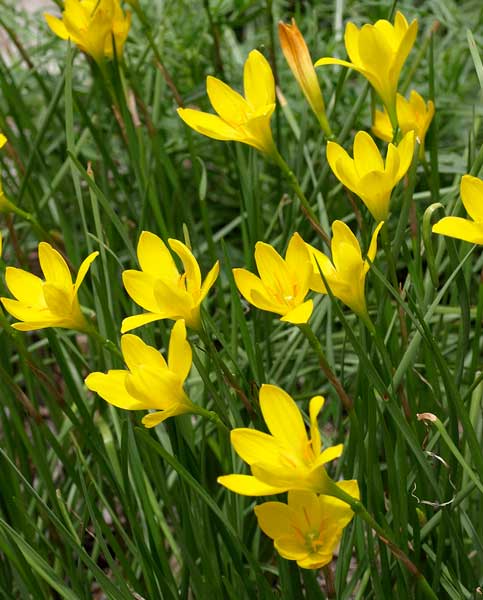
What to plant with Zephyranthes
Zephyranthes is petite in nature and well suited to growing in containers or pots. Pair with other full-sun-loving perennials that do not need much watering - this will ensure your Zephyranthes plant does not get overwatered by accident. Try Kniphofia for dramatic fire-like red and yellow ‘pokers’ and Crocosmia for a late burst of colour.
Please contact our excellent Customer Care Team if you would like any help or planting tips for your Zephyranthes. Below are a few ideas to help get you started.
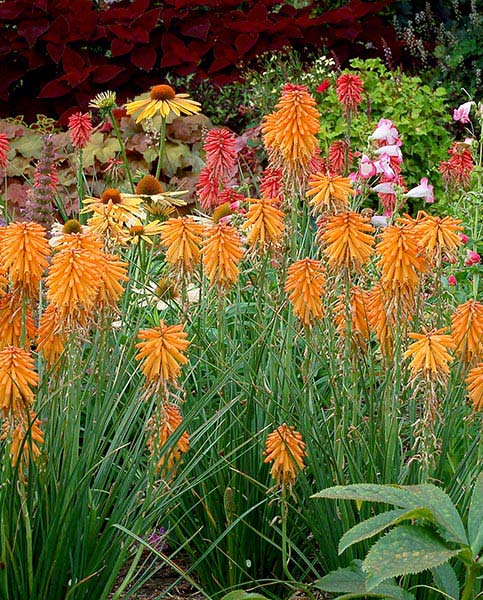
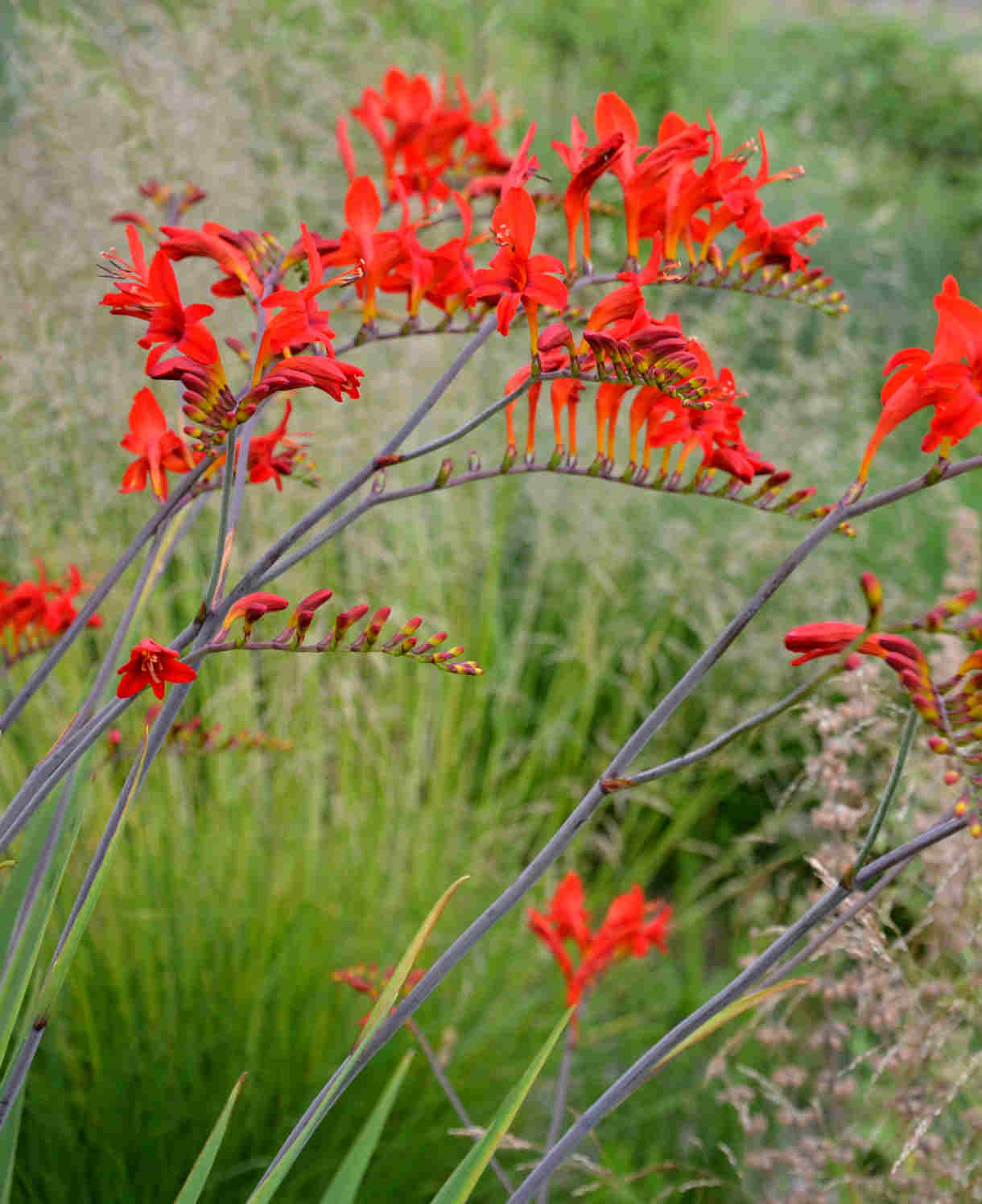
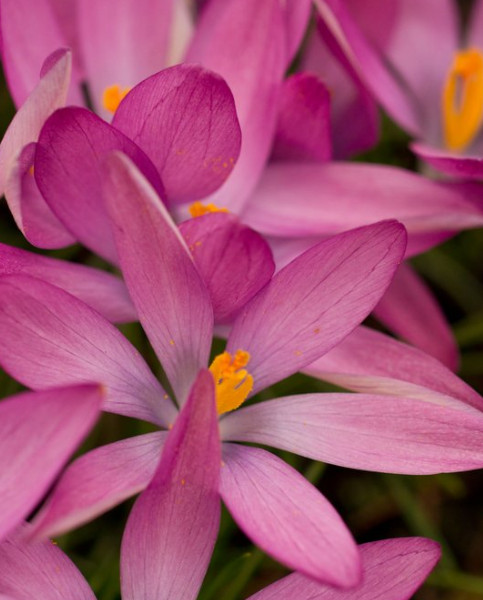
How to care for Zephyranthes
Pruning & Deadheading
Once the foliage of your Zephyranthes turns yellow, you can remove the leaves. However, keep them in place until they turn yellow even when the flowering season is over - this will help strengthen the bulbs.
Watering
While establishing, water Zephyranthes once a week. You can increase this to twice a week in the heat to encourage flowering later on in the season. Although Rain Lilies bloom after rain, too much rain and continually wet soil can harm the plant.
Cold Protection
Ranging from tender to half-hardy, Zephyranthes will need some shelter over the winter months from both the cold and excessive rain. You can peat mulch Zephyranthes at the end of autumn to protect the roots from frost.
Pests & Diseases
Zephyranthes are generally pest and disease-free. However, look for common and preventable diseases such as root rot - this can occur if the roots of a plant are left in water, blocking oxygen from reaching the roots. Prevent this by growing Zephyranthes in well-draining soil, keeping an eye on winter rains and wait for the soil to dry out slightly between each watering.
How to propagate Zephyranthes
You can propagate Zephyranthes by division or from offsets. As they grow and establish, they will form clumps which can, once overgrown, be divided.
These clumps should be lifted for division after flowering has finished. This will help to avoid congestion and also to make new plants for other areas of your garden.
It is also possible to propagate Zephyranthes by seed that can be sown in pots. The seed can take up to 6 months to germinate and will probably not be mature enough to flower for several years.
Common Zephyranthes Questions
Are Zephyranthes perennials?
Zephyranthes is a genus of over 70 recognised plant species - all of which are either deciduous or evergreen perennials.
Is Zephyranthes poisonous?
Yes. Some parts of Zephyranthes are toxic and can cause vomiting, diarrhoea or fatal effects to both humans and animals. Wear gloves and long sleeves while handling and maintaining Zephyranthes to stay safe.
Does Zephyranthes have a scent?
Yes. The aroma from Zephyranthes plants has been described as sweet, subtle and pleasant.





